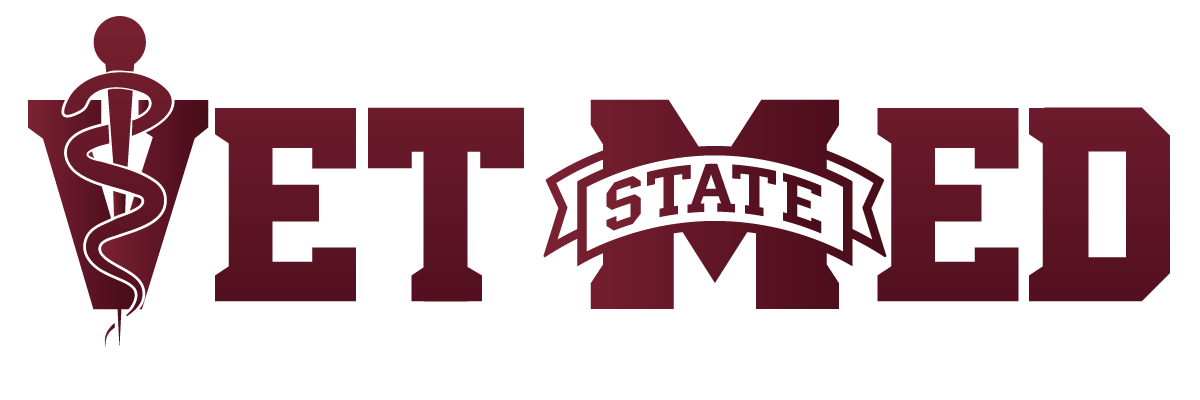
By Livingston Robinson
Dr. Melody Whitney, an assistant clinical professor and small animal surgeon at Mississippi State University College of Veterinary Medicine, or MSU CVM, recently completed a complex orthopedic procedure on two canine patients, marking the return of total hip replacements to the college. While orthopedic surgery is already a highly specialized field, total hip replacement requires additional intensive training.
“To do this procedure, you have to go through extensive training,” Dr. Whitney said. “It includes a series of online modules, a hands-on course at a facility with several surgeon mentors who not only perform hip replacements often but also have tremendous experience teaching others to perform this surgery. After the course, you must perform and submit a series of cadaver cases including x-rays and surgical notes, receive feedback on your technique, and achieve a passing score to ensure that you can reliably execute the procedure on your own. There is a steep learning curve, so they want to make sure you’re well prepared.”
A successful total hip replacement takes a skilled and coordinated team. Dr. Whitney emphasizes the importance of everyone in the operating room knowing their role and understanding the intricacies of the procedure. That’s why surgery technician, Josie Bettinger, attended the same intensive training course and assisted with all the cadaver cases leading up to these first surgeries.
“Josie has been a vital part of our success so far. Having a dedicated and knowledgeable team makes all the difference in achieving the best outcomes for our patients.”
For the first two cases, a consultant who regularly performs total hip replacements assisted Dr. Whitney in achieving the best possible outcome for the patients. The two dogs, Nola and Toulouse, both underwent the procedure and are now on the path to recovery.
“After surgery, these patients have to be on strict rest for the first two weeks, followed by a controlled leash walking plan,” Dr. Whitney said. “By six weeks, their bones will have grown into the implants, which is called osteointegration. At that point they are gradually released to return to normal activity.”
Total hip replacement is considered the gold standard for dogs suffering from severe hip dysplasia or arthritis. Unlike femoral head osteotomy, or FHO, another surgical option that removes the femoral head and relies on scar tissue for support, total hip replacement restores the joint’s normal gliding motion and allows for better mobility and less pain.
“Dogs that receive a successful total hip replacement typically walk out of the hospital more comfortably than when they came in,” Dr. Whitney noted. “It makes a huge difference in their quality of life.”
However, not every dog with hip dysplasia is a good candidate. Factors such as skin health, concurrent orthopedic conditions, and the severity of joint changes play a role in determining eligibility.
“We want pet owners to know that while this procedure can be life-changing, only about one in ten dogs evaluated for it will actually be a good candidate,” Dr. Whitney said. “We carefully assess each case to ensure the best possible outcome.”
The return of total hip replacement at MSU CVM opens new doors for pet owners seeking advanced orthopedic care for their dogs. Through continued training for existing faculty clinicians and the recruitment of additional specialists, the college aims to make advanced procedures such as this one more accessible to patients in need.
Toulouse and Nola just had their six-week rechecks and are doing very well. Their cases mark an exciting expansion of surgical services at MSU CVM and a hopeful future for other dogs facing similar orthopedic challenges.
